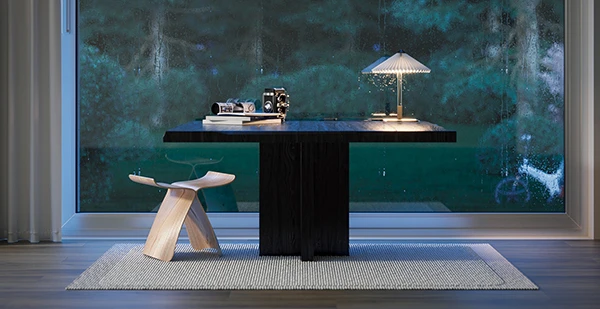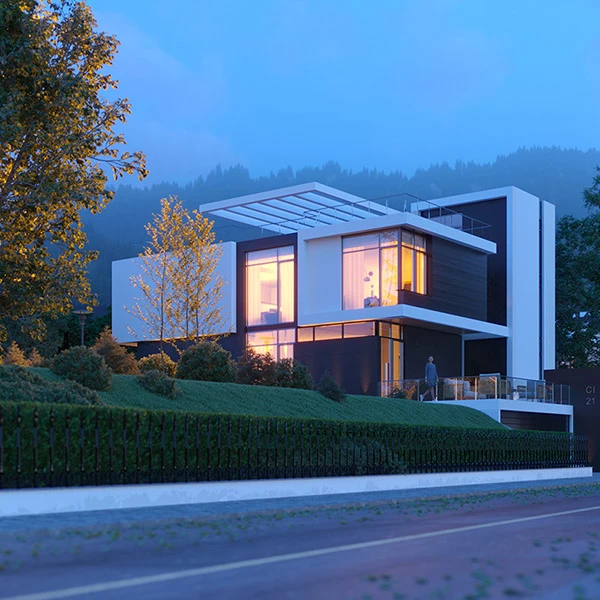As the world is becoming increasingly visual, high-quality architectural visualizations have become a critical element in the design and construction industry. From conceptual designs to marketing materials, architectural visualizations provide a way to showcase the design of a building or space in a realistic and engaging way. However, achieving high-quality architectural visualizations requires expertise, time, and resources, and cutting corners can lead to disastrous results. In this blog post, we will discuss the importance of high-quality architectural visualizations and why compromising on their quality is never a good idea.

First impressions matter, and that is especially true when it comes to architecture. High-quality architectural visualizations enable architects, developers, and investors to see a space before it's even built. This allows them to make informed decisions, identify potential issues, and make necessary changes before the construction process begins. High-quality visualizations can help to refine designs, test materials, and create a shared vision for all parties involved.
Another critical advantage of high-quality architectural visualizations is their ability to communicate the essence of the design. For example, a 3D visualization can help to demonstrate how natural light will fill a room, how the space will flow, and how materials will interact with each other. By providing a realistic representation of the design, clients and stakeholders can get a better understanding of the space and its features. This allows them to provide feedback and make informed decisions.
High-quality architectural visualizations can also serve as an important marketing tool. Whether it is a brochure or a website, stunning visuals can help to capture the attention of potential buyers or tenants. These visualizations can create an emotional connection with the space, which can make it more attractive to potential buyers or renters. In addition, these high-quality visualizations can help to differentiate a property from competitors and showcase unique features and design elements.

Unfortunately, some architects and developers may try to cut corners when it comes to architectural visualizations. They may opt for low-quality visuals to save time or money, but this can lead to disastrous results. Poor-quality visualizations can give an inaccurate representation of the space, leading to misunderstandings and miscommunications. This can result in costly redesigns and delays, as well as damaged relationships with clients and stakeholders.
In conclusion, high-quality architectural visualizations are essential for successful design and construction projects. They allow clients and stakeholders to see the design before it is built, communicate the essence of the design, and serve as an important marketing tool. While it may be tempting to cut corners when it comes to visualizations, compromising on their quality can lead to disastrous results. Investing in high-quality architectural visualizations is an investment in the success of the project, and it is a decision that should never be taken lightly.

